A reading nook. A reading nook just for you. Say it to yourself silently, and we defy you to do so without a smile and a glow of quiet contentment. The appeal of one’s very own reading nook is clear and immediate to any book-lover. The act of reading is of course an escape in itself, but creating a reading nook offers you the promise of taking yourself away to a more peaceful, more contemplative place mentally and physically.
The first question that many will ask, however, is where am I supposed to find space for a reading nook? Sure, the idea might be appealing, but with many of us today living in urban environments where space is at a premium, simply locating your private reading retreat might not seem so straightforward. Fortunately, the word itself offers a useful clue: the etymology of the word “nook” can be traced back to Middle English and the word noke or nok, meaning “corner” or “angle of a square”. This immediately gives an impression of the kind of quiet corner or odd space that might lend itself to a reading nook.
The Wasted Space
If you live in a house, then the perfect candidate for your reading nook could well be that wasted space under the stairs. Yes, you know, the place where you dump all that sports equipment you hardly ever use or the box of old clothes you wanted to recycle or those shoes you hardly ever put on… We all have our very own personal excuses for not maximising this awkward, but still useful space. Isn’t it time to change that?
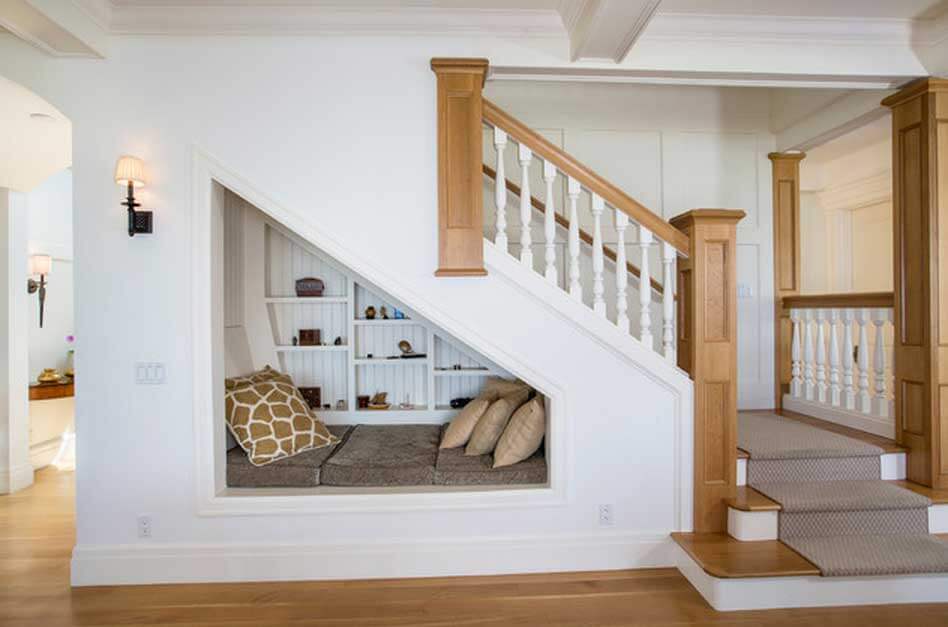
It doesn’t take much imagination or skill to plan how this could quickly and easily be repurposed. The narrow end is perfect for your feet, while the higher end allows ample space to sit up. Simply build in a solid and wide shelf the full width of the stairs, perhaps with storage or shelving for books below, hunt down some suitable cushions and ensure that there is sufficient lighting to read comfortably, and the space has already been reclaimed and converted into a private reading oasis. We’d like to call it a weekend project, but you could probably actually do it in a day.
(For apartment-dwellers, the equivalent of the wasted under-stair space is the side of attic rooms, where a sloping roof often restricts the height of the room.)
The Ingenious Space
If the idea of converting your under-stair space sounds too simple, or you want to create more of a design feature, consider the growing niche trend for reading nooks to be built directly into walls of shelving or cupboards. Some furniture designers are even building this into storage walls for living rooms or media rooms. Sakura Adachi’s “Cave” design is a perfect example.
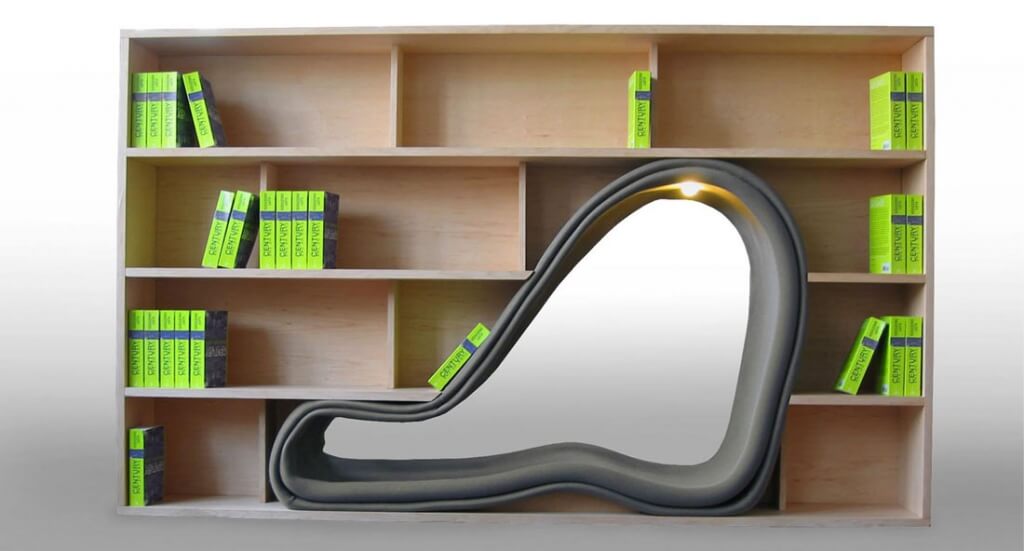
[Image © Sakura Adachi]
However, there is nothing stopping the ambitious DIYer from attempting something similar. Whether modifying your trusty IKEA Billy bookcases or creating a personal library, it’s relatively straightforward to sketch out a vaguely triangular space to suit your frame and then create a box shape that can then be bracketed to the wall, further supported by both the vertical and horizontal supports of the other shelves. Your final reading nook will then appear to be floating in the centre of your wall of books.
The Perfect Space
A nook next to a window is perhaps the easiest and most popular – and for many, the most perfect – reading space. The best approach is to site the reading nook in a narrow room with just one end window.
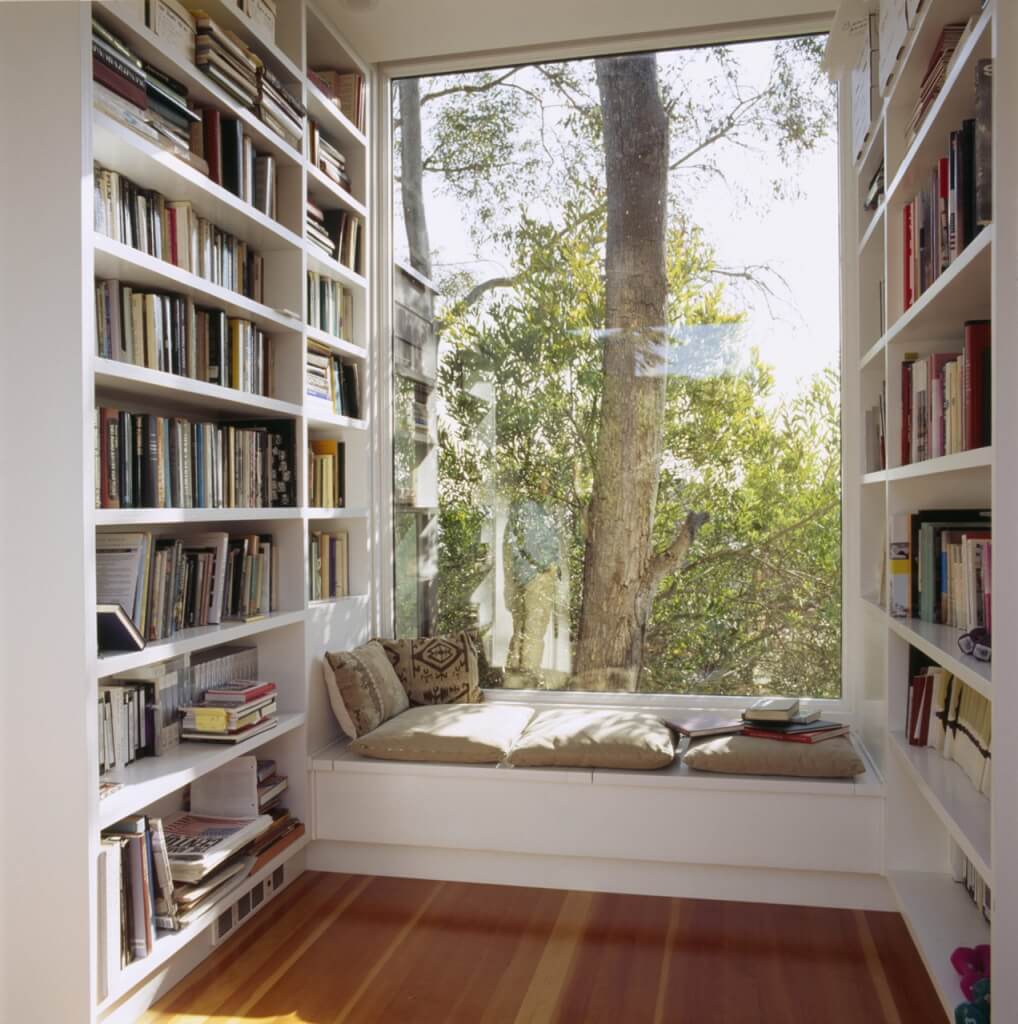
Box in the area around the window to create book shelves on either side of it, and construct a simple window seat. Then stuff with cushions and throw blankets, and you instantly have a cosy, naturally lit reading space as well as a window on the world for those moments when you pause and look up from your book to ponder the latest chapter. The advanced reading nook connoisseur will also make sure that the window sill or shelf below it is wide enough to put down a coffee cup or reading glasses when needed.
The Alternative Space
While we might be waving the flag for repurposing wasted or underused spaces into reading nooks, we admit that sometimes there really is no wasted space available to convert. In that case, why not take an alternative approach and create your ultimate reading or library chair? Ingenious German designer Nils Holger Moormann arguably did this best with his iconic Bookinist chair, which even included a reading lamp and recessed magnifying glass in the armrest, as well as helpful lettering on the rubber tyres advising owners that the chair was “not for highway use”.
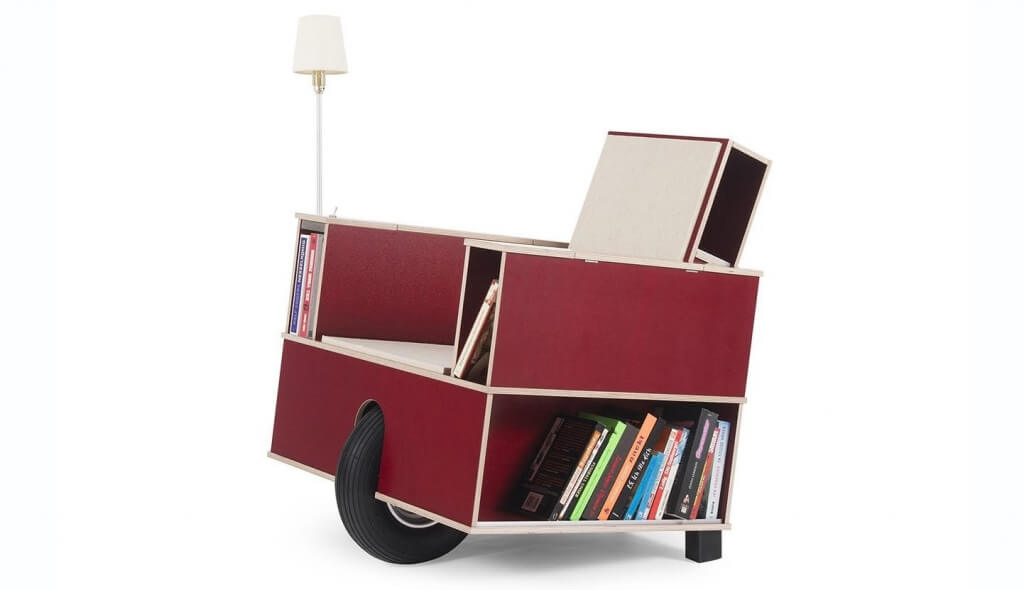
One glance at Moormann’s design and you can instantly see how you could create something similar yourself, or even upcycle a tired, old chair that you had planned to replace. Simply focus on what you need to create the perfect, all-purpose retreat for you, and then give it a go. If you follow Moormann’s approach and add wheels to the design, then you can easily move your new “mobile library” to whichever room currently has the best light or the least noise.

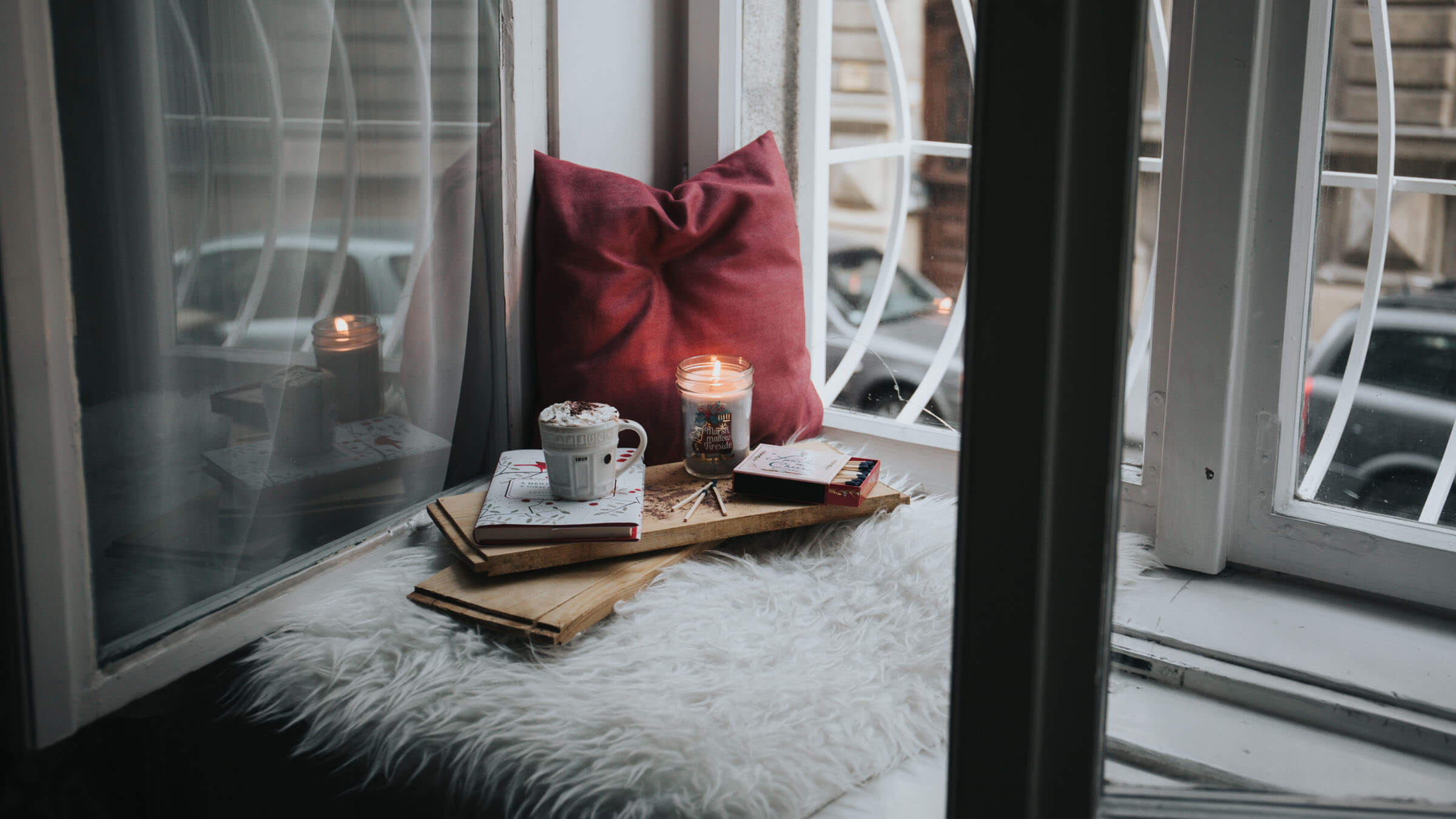










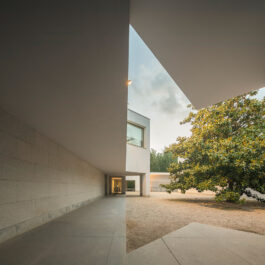

Sorry, the comment form is closed at this time.